The Xperia 5 II is Sony’s smaller and more affordable alternative to the Xperia 1 II. For the most part the two devices share similar specifications. Packing a Snapdragon 865 chip, IP65/68 water resistance, and a 4000 mAh battery, the Xperia 5 II still falls within the flagship category. The main difference is the screen, with the Xperia 5 II featuring a 6.1-inch FHD+ HDR OLED display with 120 Hz refresh rate. That’s not too shabby by any yardstick, but is not quite at the same level as the 6.5-inch 4K display of the Xperia 1 II.
In the photography department, the Xperia 5 II offers the same basic rear triple-camera as the Xperia 1 II, but drops the depth-sensing 3D iToF sensor. The main standard-wide module is built around a 12 MP 1/1.7-inch Exmor RS for mobile sensor, linked to a 24 mm-equivalent f/1.7-aperture lens with a 82° field of view (FOV). The tele-camera also offers 12 MP but on a physically smaller 1/3.4-inch sensor, with a slightly darker f/2.4-aperture 70 mm-equivalent focal length lens that provides a 34° FOV. The third module is an ultra-wide that is again built around a 12 MP resolution on the 1/2.55-inch Exmor RS sensor, coupled to a 16 mm-equivalent f/2.2-aperture lens with a 124° FOV.
Other features from Sony’s acclaimed mirrorless cameras have filtered down to their flagship smartphones, too. Chief among these is the real-time eye detection autofocus, which works on both people and animals. There’s also the Sony BIONZ X image processing engine, continuous burst shooting at 20 fps, and Zeiss optics with Zeiss T* lens coatings to reduce reflections. Like the Xperia 1 II, the 5 II also features a dedicated physical shutter button.
The smartphone captures video at 4K resolution up to 120 fps for slow-motion movie recording, as well as at the more standard 24/25/30 fps frame rates.
Let’s see how the Xperia 5 II shapes up for image quality against its larger Xperia 1 II stablemate and some of the other flagship competition.
Key camera specifications:
- Primary: 12 MP 1/1.7-inch Exmor RS sensor, 24 mm-equivalent f/1.7-aperture lens, 82° FOV
- Ultra-wide: 12 MP 1/2.55-inch Exmor RS sensor, 16mm f/2.2-aperture lens, 124° FOV
- Tele-lens: 12 MP 1/3.4-inch sensor, 70 mm-equivalent f/2.4-aperture lens, 34° FOV
- 4K/2160p video at 24/25/30/60/120 fps
About DXOMARK Camera tests: For scoring and analysis in our smartphone camera reviews, DXOMARK engineers capture and evaluate over 3000 test images and more than 2.5 hours of video both in controlled lab environments and in natural indoor and outdoor scenes, using the camera’s default settings. This article is designed to highlight the most important results of our testing. For more information about the DXOMARK Camera test protocol, click here. More details on how we score smartphone cameras are available here.
Test summary
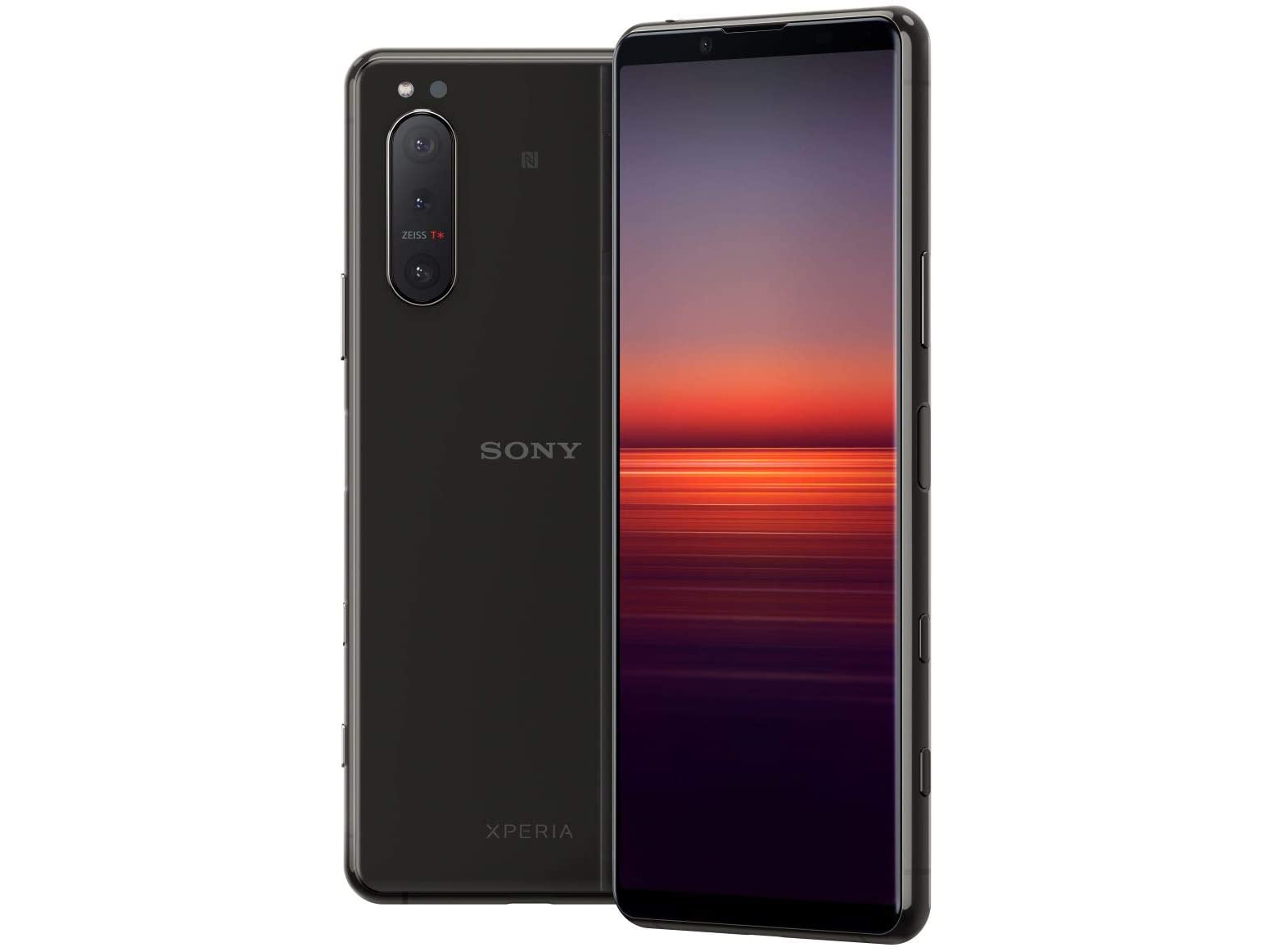
Sony Xperia 5 II


With a DXOMARK Camera score of 111, the Sony Xperia 5 II offers comparable overall image quality to the Xperia 1 II at 112. It also shows significant development over the first-generation Xperia 5, which scored 95 in our tests back in January 2020.
Well-controlled noise with good detail, generally satisfying color, pleasant bokeh shots and accurate flash exposures helped the Xperia 5 II on its way to a Photo score of 114. That’s a notable improvement over the original Xperia 5 at 101, but nonetheless ranking behind most of the flagship smartphone competition.
A Zoom score of 60 indicates a solid if not outstanding performance for ultra-wide and tele-lens photography. Bold color at close range is the main strength for tele-lens shots, with the ultra-wide camera delivering generally accurate target exposures.
For video, the Xperia 5 II’s score of 99 is a couple of points behind the Xperia 1 II at 102. Key strengths continue to be good noise, detail, and color in indoor and outdoor videos. Overall, however, both Sony devices are a little off the pace for video image quality compared to our top-ranked devices.
The Xperia 5 II records accurate target exposures in almost all lighting conditions, with images only noticeably underexposed in extreme low light. Dynamic range is fairly limited, however. Details are lost in the highlights in most high-contrast scenes and sometimes faces are underexposed.
Color rendering is a nice strength for the Xperia 5 II. Occasionally slight undersaturation and a greenish hue to skin tone rendering are evident, but for the most part colors are vivid and pleasant. White balance leans towards a warm or yellow cast, but it’s really only problematic in very low light, where it turns toward a stronger orange color.
The Xperia 5 II handles the noise-versus-texture tradeoff well. With relatively low noise in all images, Sony’s device is much closer to our top-ranked smartphones for this attribute. Slight chromatic noise is visible in most images at close inspection, but overall it’s better than many other devices for noise. The level of detail is generally acceptable in Xperia 5 II images, and it actually outperformed the Xperia 1 II in our benchmark lab measurements. A loss of detail in fine textures and motion blur on moving subjects means it’s not quite as impressive as the best in this area, but the Sony device manages to hold on to enough detail to satisfy most users.
The Xperia 5 II performed better than the Xperia 1 II for autofocus in our objective lab tests, too, but focusing speeds remain relatively slow in every condition. Autofocus failures in outdoor conditions and limited depth of field also negatively affected the Xperia 5 II’s autofocus score.
We applied penalties to the score for color quantization, hue shift, ringing, loss of acutance, and ghosting artifacts. The hue shift affecting the color of skies in HDR shots is the most obvious. The Xperia 5 II also displays fractionally more vignetting and loss of sharpness towards the corners compared to the Xperia 1 II.
Sony devices still have some ways to go to improve their night photography capabilities. Limited dynamic range in nightscapes often leads to significant highlight clipping, and that yellow white balance becomes more problematic. The flash ensures well-exposed night portraits with a high level of detail on the subject, but again, limited dynamic range and warm white balance are evident. Turn the flash off and backgrounds are exposed better, but both exposure and detail are very low on the main subject.
The Xperia 5 II offers similar performance for tele-lens shots as the Xperia 1 II overall, but autofocus and white balance aren’t quite as stable. It’s best at close range, where target exposures are accurate and color is vivid. Detail is at its best at close range, but remains low compared to the best tele-lens performers at all zoom distances. Dynamic range is also limited and color is slightly undersaturated at medium and long zoom ranges.
The ultra-wide module offers the same overall quality as the Xperia 1 II. Exposures are generally accurate, but color is a little underwhelming when compared to the main camera. Noise is generally well controlled in the center, but noisy edges with some color fringing and anamorphosis distortion are visible towards the corners.
Despite the lack of a ToF sensor, the Xperia 5 II matches the Xperia 1 II for bokeh shots. Slight edge artifacts are visible, but depth estimation is generally accurate. Limited dynamic range with some exposure instabilities are more obvious in bokeh shots compared to the best devices we’ve tested, however.
The Xperia 5 II takes a notable step forward for video image quality compared to the Mark I. Its strengths again center around bold color rendering, with particularly pleasant white balance in outdoor videos, and a good balance between texture and noise. Video exposure is better in well-balanced lighting, with limited dynamic range and low target exposures often observed in challenging high-contrast conditions.
Colors are bright and vivid outdoors, with accurate white balance, but warmish color casts are more prevalent in indoor and low light videos. Levels of noise remain acceptable in most videos and detail is good for the most part, too. There’s a bit of a dip in texture rendering in indoor videos, but it’s only in low light that a problematic loss of detail and increase in noise start to become obvious. Stabilization and video autofocus remain areas for continued development, however. Some residual motion is evident in most of the Sony Xperia 5 II videos, together with flickering and local noise artifacts. Autofocus tracking is mainly efficient outdoors, but we experienced frequent instabilities in both indoor and low-light conditions.
Conclusion
If you can live with a slightly smaller, lower-resolution screen, the Xperia 5 II is a great value alternative to the Xperia 1 II. The triple camera provides plenty of shooting options, and both stills and video quality have improved since the Mark 1. Broadly speaking, image quality matches the pricier Xperia 1 II’s, with low noise and nice color the key strengths of the main camera. There are some niggles with dynamic range, detail, and autofocus, but for the most part the Xperia 5 II puts in a competent performance against rivals in a similar price bracket. Add to that the draw of a high-end processor, and the Sony Xperia 5 II starts to look like an attractive option.
Pros
• Well controlled noise in most photos and videos
• Accurate depth estimation in bokeh photos
• Vivid color in most close-range tele shots
• Neutral white balance in outdoor videos
• Accurate flash exposure in night portraits
• Good detail in most videos
• Acceptable noise in most videos
Cons
• Limited photo and video dynamic range in high-contrast conditions
• Slight autofocus irregularities in photo and video
• Inaccurate skin tone rendering in photos
• Visible artifacts in many photos
• Chromatic noise in low-light videos
• Desaturated color in medium- and long-range tele lens shots
• Ineffective video stabilization
• Outer field noise in ultra-wide shots
• Flickering artifacts in videos


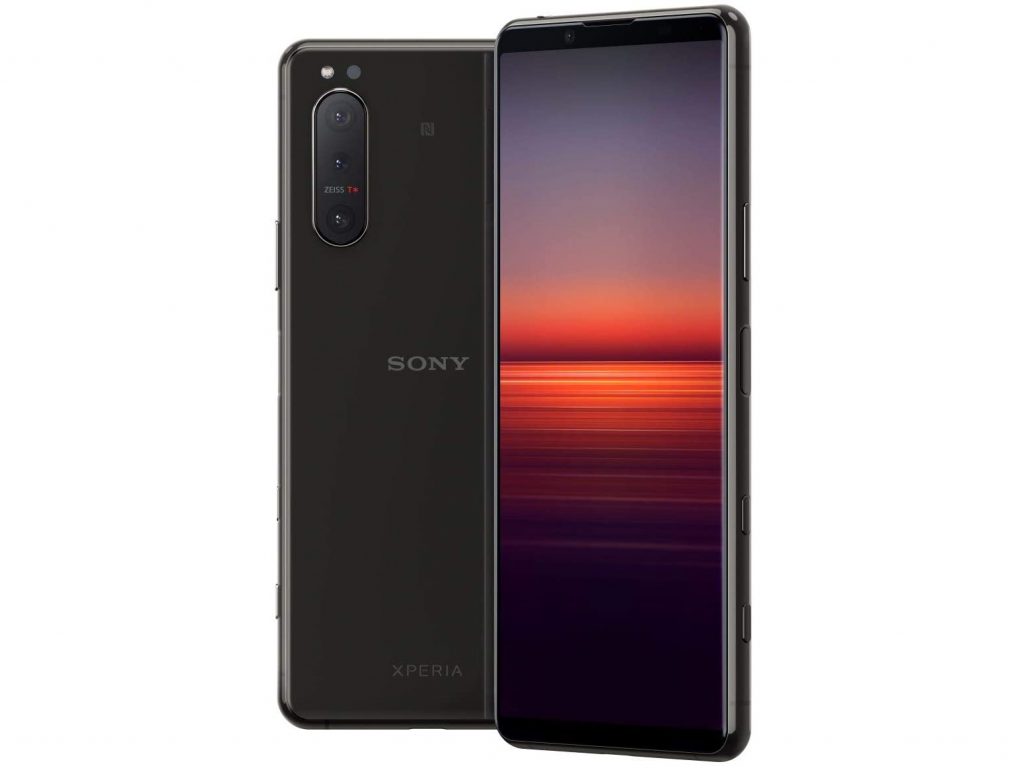

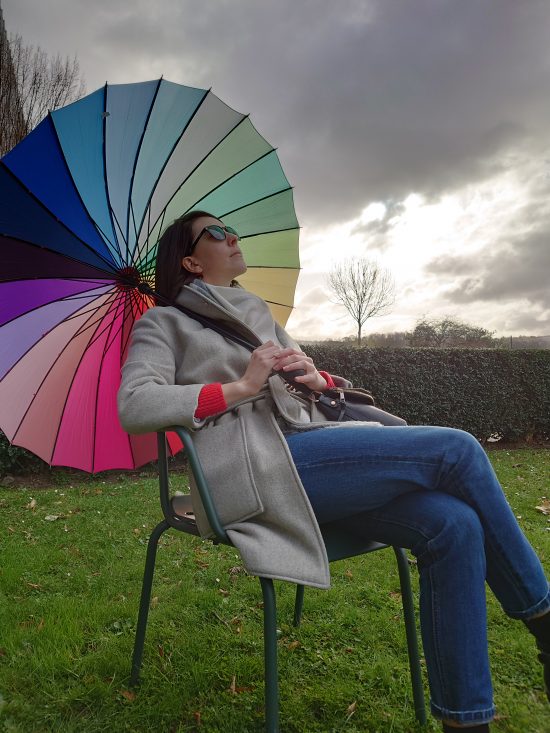
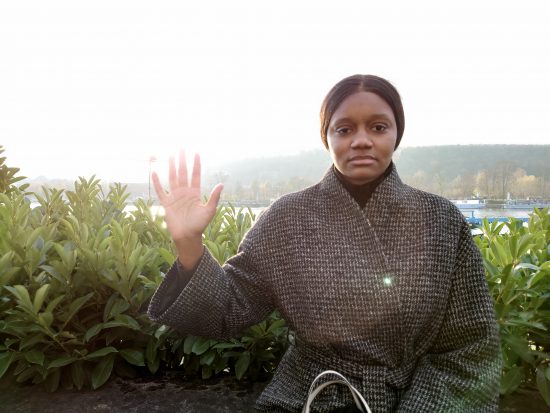
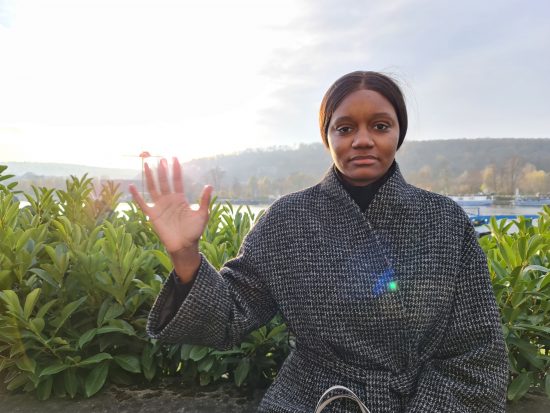
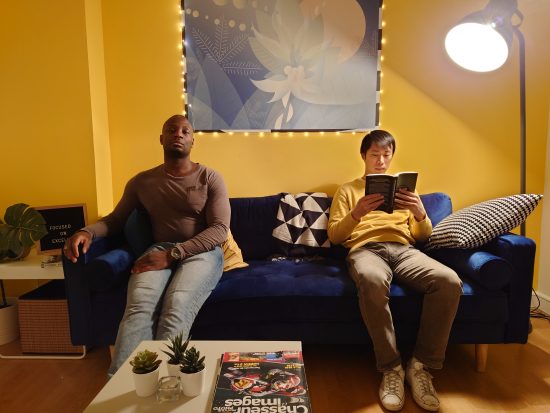
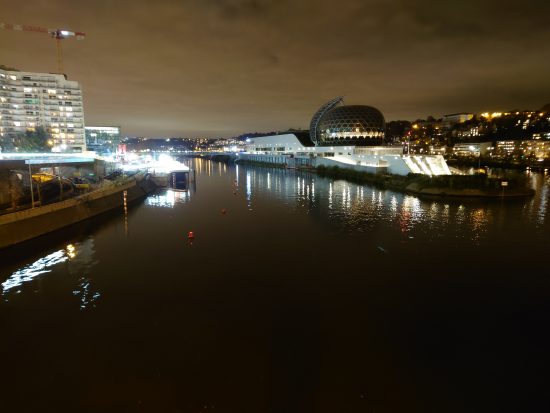

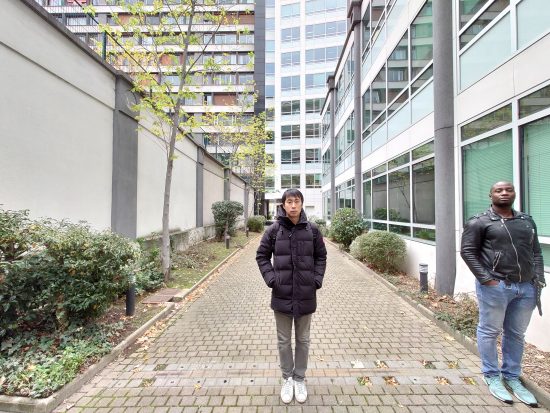
DXOMARK encourages its readers to share comments on the articles. To read or post comments, Disqus cookies are required. Change your Cookies Preferences and read more about our Comment Policy.